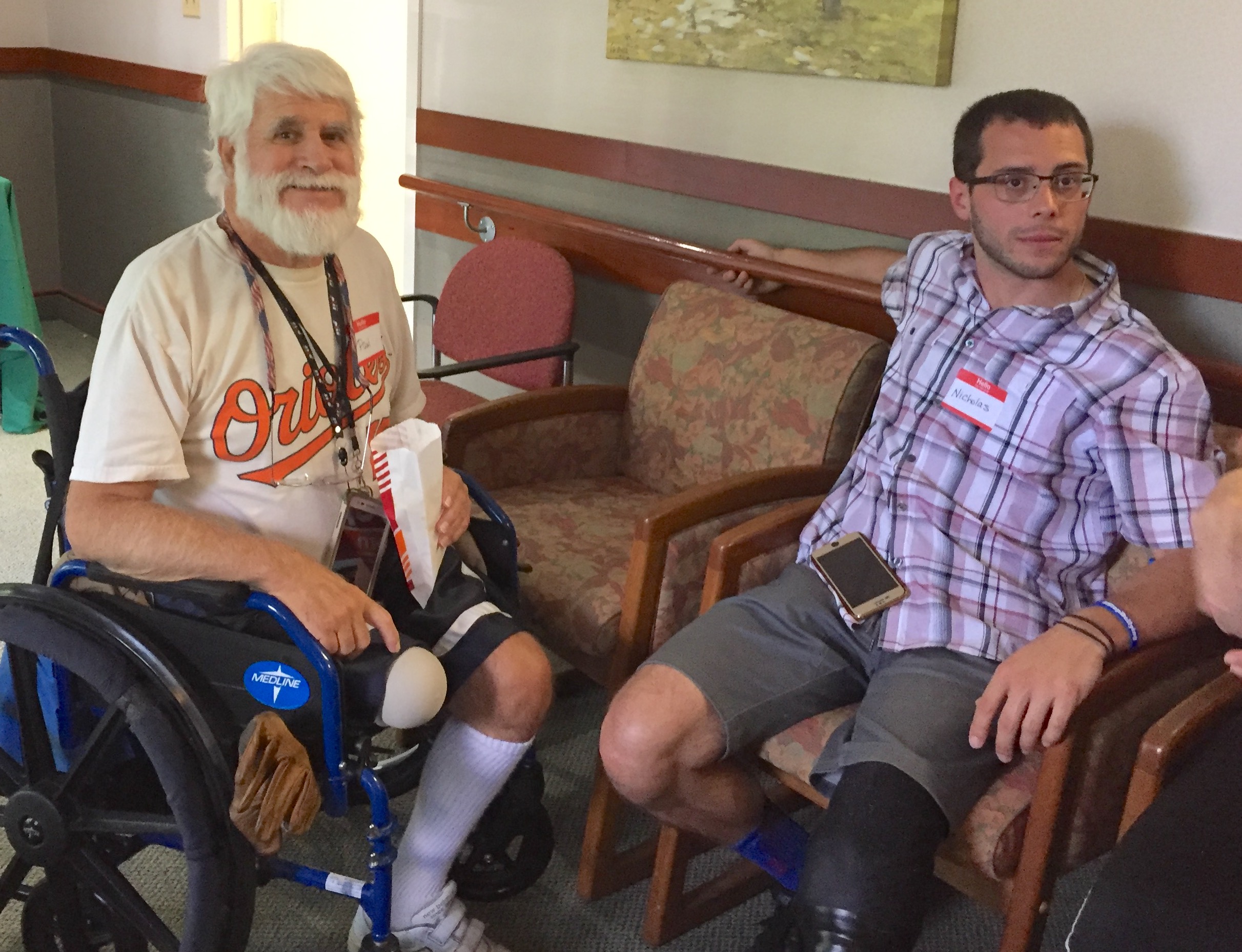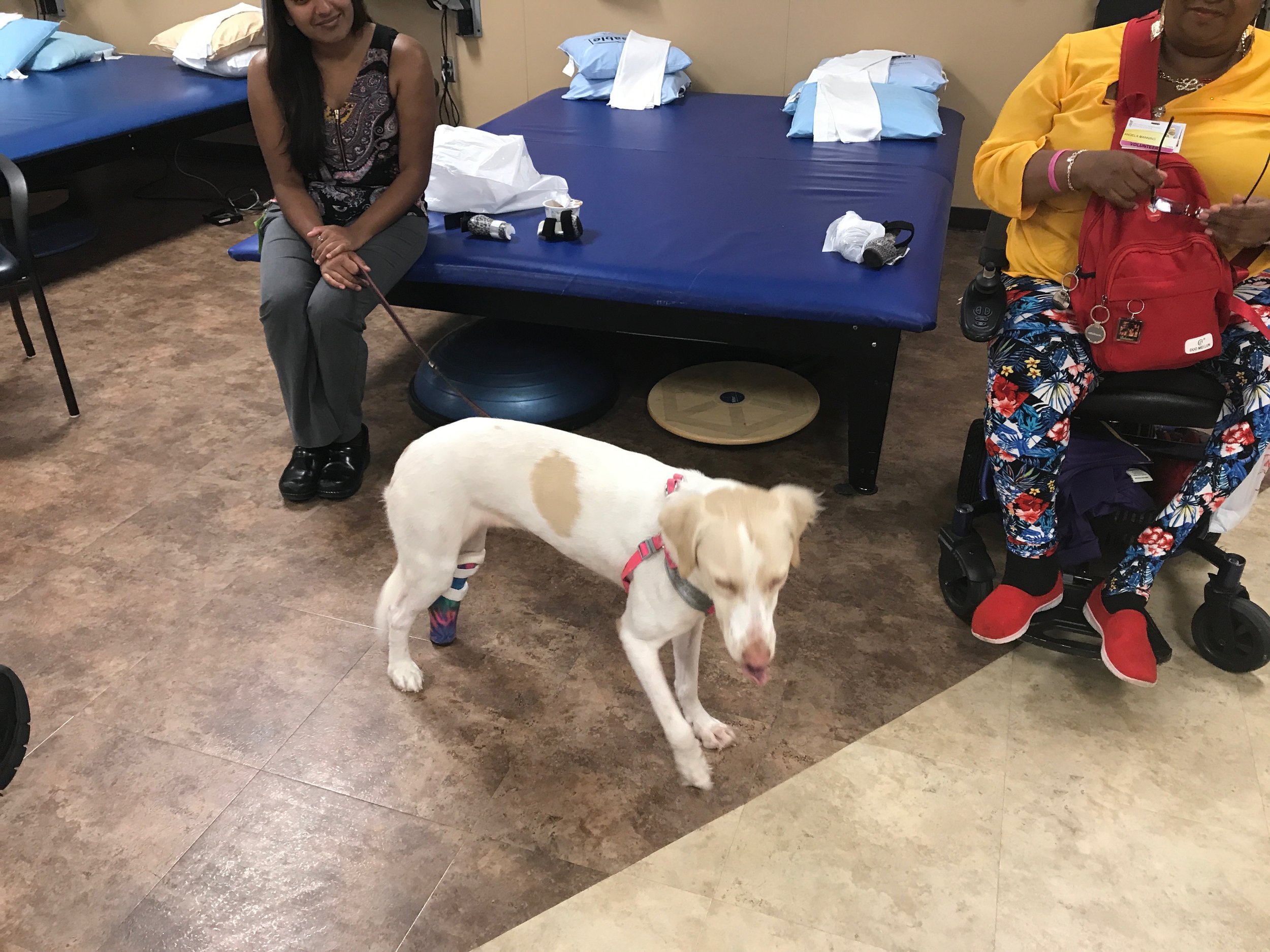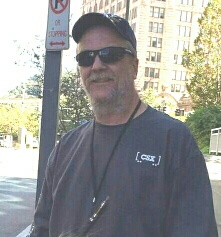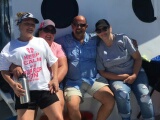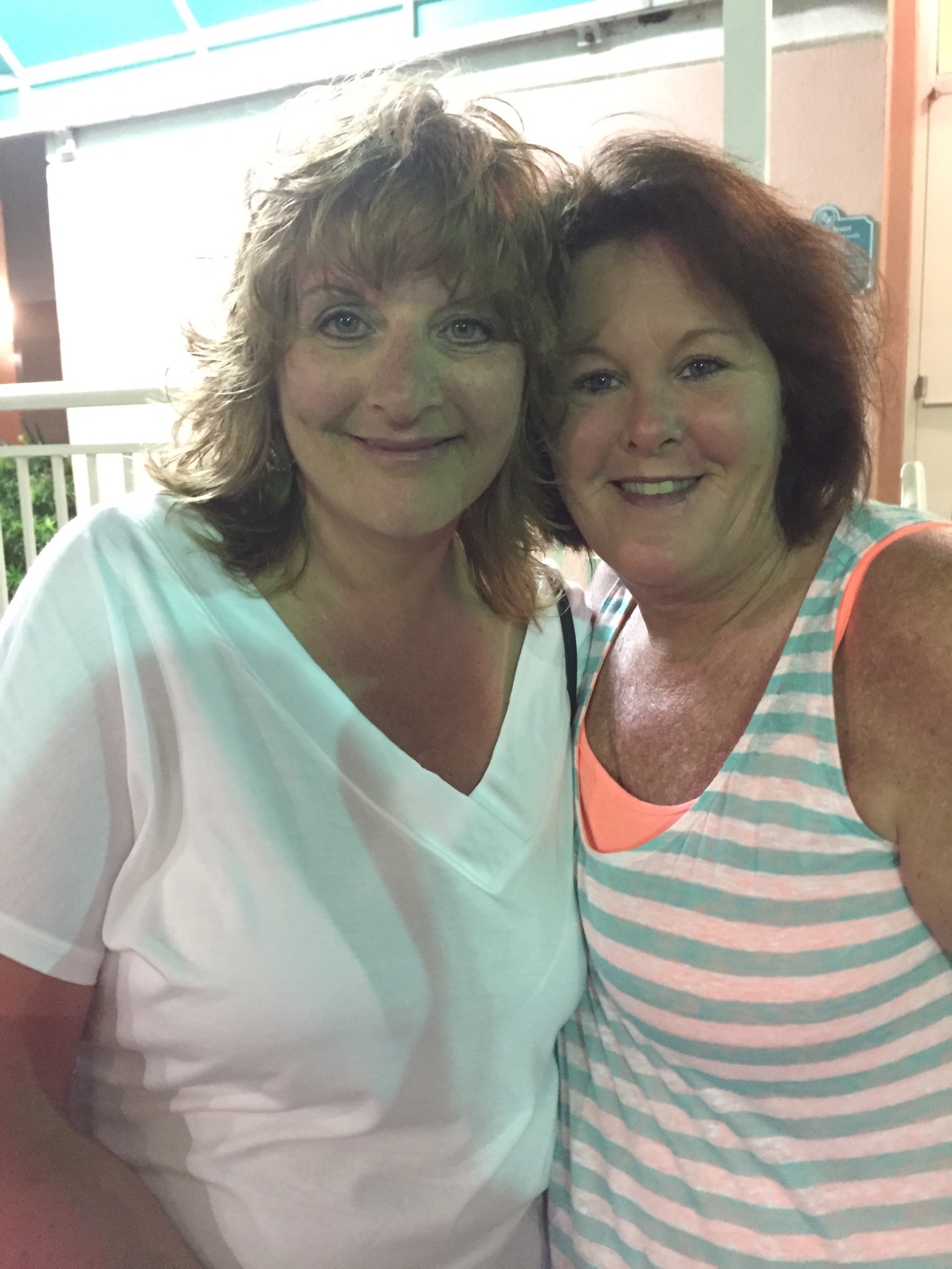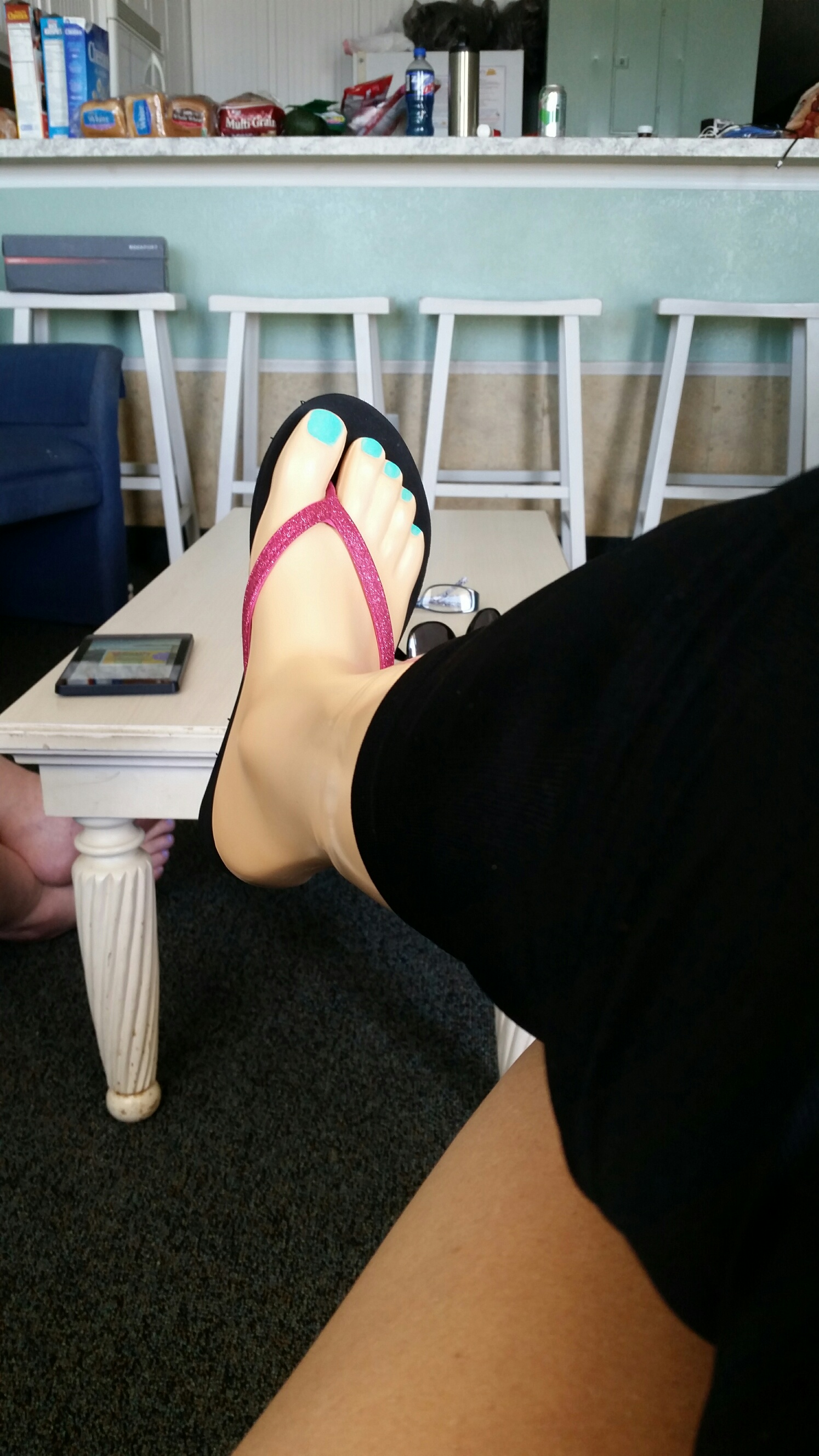I had a nice job working nights from 6pm to 6am. I felt good and I was never sick or took off work. My right foot started to hurt. I had high blood pressure and I got very weak and could not stand up.
I decided to go to the emergency room on June 4, 2014 since I did not have a general doctor. The doctors at the hospital told me I had gangrene in my right foot, and that I was a diabetic. My blood pressure was very elevated and my kidneys were failing. I had cataracts in both eyes. So, I thought I was a caterpillar and my world was over. With the doctors' help though, I became a butterfly.
The doctors cut my leg off above the knee. They gave me some medicine for my blood pressure, which came down to 130/70! I had cataract surgery. My kidneys started to function better and my diabetes became controllable.
Physically and emotionally there were a lot of ups and downs in the past three years. Some were easy, others were hard and took some soul searching. But I made a promise that I would stay positive no matter where the road took me. Having diabetes is an ongoing battle to stay healthy.
I have a prosthetic leg now and learning to walk so I can become more functional. I did go to the Amputee Coalition annual convention in Louisville, Kentucky this past summer, and recommend everyone with missing limbs to attend. It was very motivating and I became a better person. (Mr Jennings also attended the June 2017 of Amputee Walking School, pictured below.)
Last, but very important, I have several sayings that I live by every day.
1) Never ever give up. (Winston Churchill)
2) Always be very positive even if you are terrible.
3) Say the following every day by Christian D Larson:
“Promise yourself to be so strong that nothing can disturb your peace of mind. Look at the sunny side of everything and make your optimism came true. Think only of the best, work only for the best, and expect only the best. Forget the mistakes of the past and press on to the greater achievements of the future. Give so much time to the improvement of yourself that you have no to time to criticize others. Live in the faith that the whole world is on your side so long as you are true to the best that is in you.”
4) Life begins at the end of your comfort zone. (Neale Donald Walsch)
5) Just when the caterpillar thought that the world was over, it became a butterfly in a better world. (Proverb)
So I say, life is not about finding yourself – life is about creating yourself.
Mr Jennings preparing to leave the Sinai Office, wearing his Dankmeyer T shirt.

